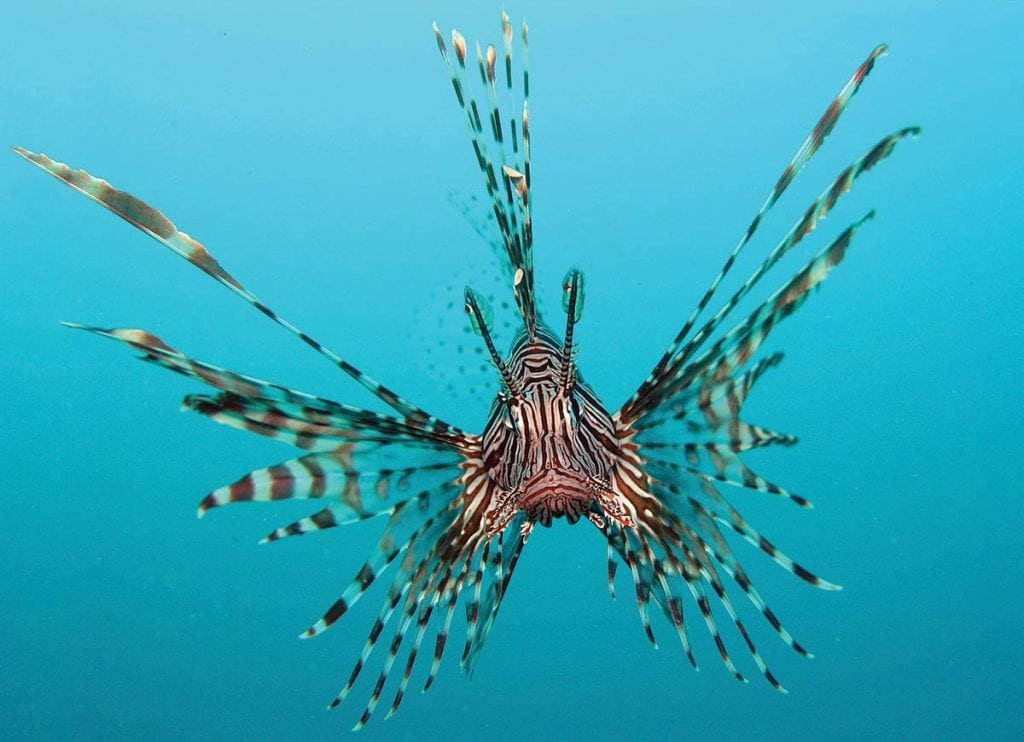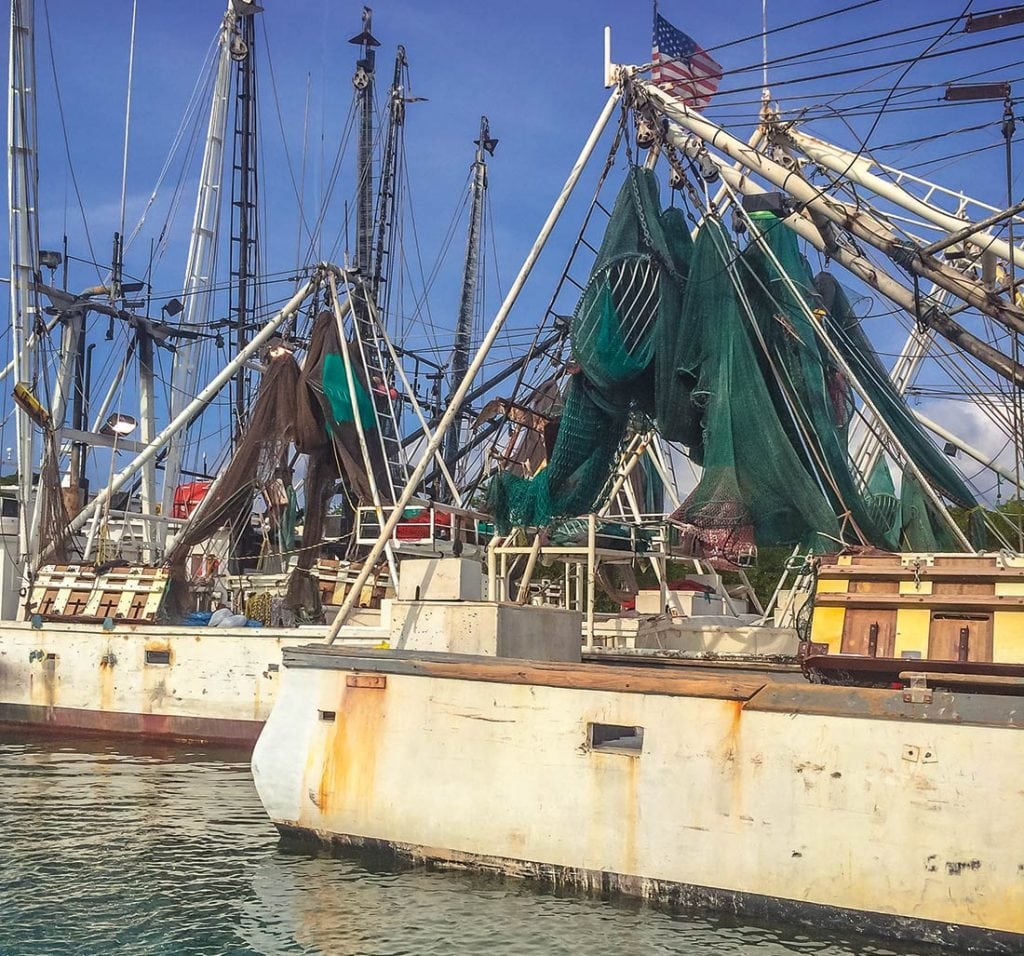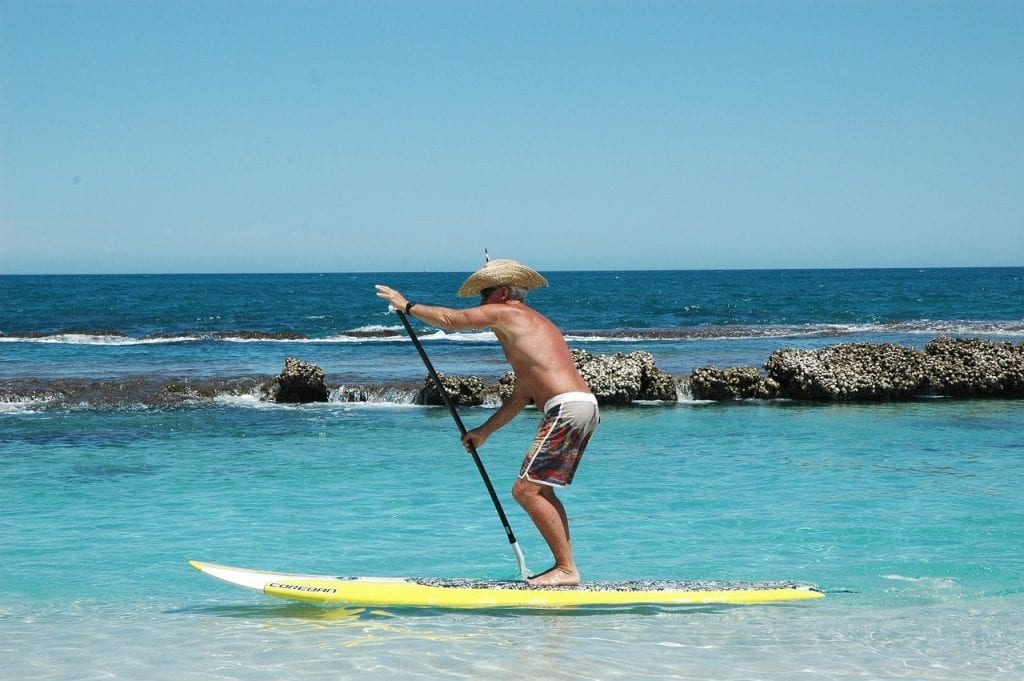The lion might be the greatly awed and admired king of the jungle, but the lionfish is quickly becoming the much-despised scourge of the Gulf of Mexico. The invasive species is on the rise.
The lionfish is an invasive species that are wreaking havoc in the eastern Gulf as well as along the U.S. Atlantic coast and throughout the Caribbean. With their beautiful stripes, jutted-out jaws and protruding spike-like fin rays, lionfish are exotic sights. You’ve surely seen them in saltwater aquariums and pet stores. That—and their native Indian Ocean and western Pacific Ocean waters—is where they belong, not the Gulf, where they have few natural predators to slow their explosive population growth and bring balance to the region’s biodiversity.
Lionfish eat juvenile members of sportfish species that help sustain the region’s economy and are popular with anglers in the Gulf. What’s more, the venomous spines found on lionfish are a threat to humans. A sting from one of their fin rays can be fatal to young children and elderly people. Though rare, adults can also be killed by a lionfish sting, whose other effects include nausea, vomiting, fever, dizziness, and even temporary paralysis.
In less than 10 years, the invasive species have firmly established themselves as a force to be reckoned with in North American waters. How they got here and rose to prominence so quickly is being investigated, but the National Ocean Service believes the species’ ascendancy can be attributed, at least in part, to people dumping unwanted lionfish out of their home aquariums and into the Gulf and the Atlantic Ocean.
The lionfish problem has become so rampant that it’s come to the attention of Republican Carlos Curbelo, a U.S. Representative of Florida’s 26th District. Working with fishermen in the Florida Keys, Curbelo has crafted a bill that, if enacted, will direct the National Oceanic and Atmospheric Administration (NOAA) to award $1.5 million in competitive higher education grants for the purpose of studying and combating lionfish.
Introduced in March and co-sponsored by U.S. Representatives Curt Clawson, R-Fla., and Alcee Hastings, D-Fla., the bill is named the Finding Innovative Lionfish Elimination Technologies (FILET) Act of 2016. Should it become law, the FILET Act will use funds from NOAA’s existing budget to help researchers develop lionfish mitigation technologies, including traps and countermeasures.
Lionfish have been in Clawson’s sight for nearly a year. He introduced his own federal legislation in July 2015 that would add lionfish to a list of “injurious species that are prohibited from being imported or shipped,” according to the bill’s title. Curbelo, who is supporting the bill as a co-sponsor, cites a bevy of reasons for going after lionfish, including their prodigious ability to reproduce: a single female lionfish is capable of laying millions of eggs each year.
Moreover, an adult lionfish can consume large quantities of sportfish—as many as 40 in a single day. These impressive pests also feed on marine herbivores that help protect coral reefs by removing excess algae.
The lionfish problem has become so bad that organizations like the Reef Environmental Education Foundation (REEF), based in Key Largo, Florida, are sponsoring organized lionfish hunts in which divers can take home cash prizes based on the number of lionfish they bag (and yes, lionfish can be cooked and eaten).
Even if you’re not an angler or diver, you can still help fight the lionfish scourge. The Florida Fish and Wildlife Conservation Commission has created an online form for the public to submit lionfish sightings as well as a lionfish tracking app for smartphones to support the cause. For more information, visit their website at: myfwc.com/fishing/saltwater/recreational/lionfish/report.
By Brian Hartz, Southern Boating Magazine June 2016














